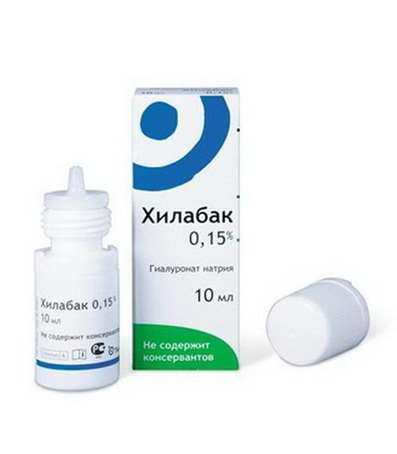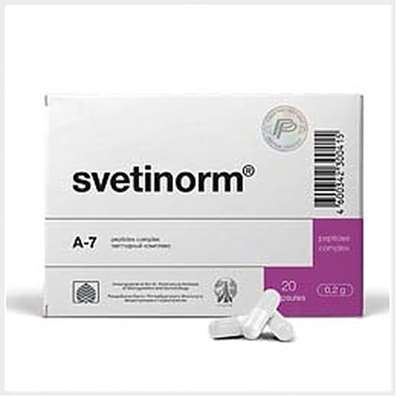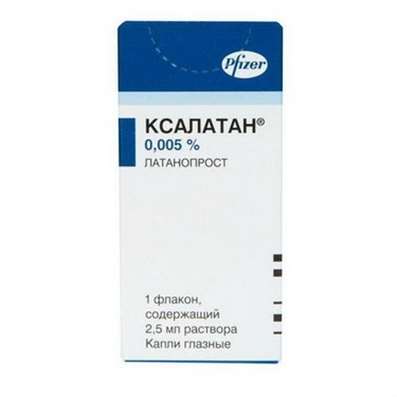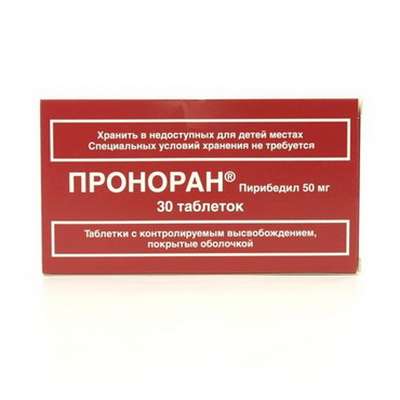Growth Hormone Treatment
20 Oct 2017
Growth hormone is an important participant in many functions of the body. It contains 191 amino acids, and the molecular weight reaches 22,000 Daltons. The effect of growth hormone concerns the life cycle, growth, development of body tissues and their renewal, regulation of protein, fat, mineral and carbohydrate metabolism. Its production is occupied by special cells of the pituitary gland located in the lower part of the skull.
Effects from application of HGH
The effect of growth hormone can be called direct or indirect. With the first option, it is directly linked to the receptors in the target tissues. An example of direct action can be called enhanced release of fatty acids from fat cells. An indirect effect is observed, for example, as a result of the activity of an insulin-like growth factor. In this case, the tissue is exposed to insulin like. It is this factor that has the greatest impact on regeneration and tissue growth. Growth hormone therapy is aimed at changing the characteristics of certain body tissues.
We can name a number of main effects, both direct and indirect:
- The transfer of amino acids into cells is more intensive, which leads to the construction of new proteins;
- Fat cells are more intensively isolated fatty acids, due to which increases the production of energy by the body as a whole;
- The consumption of glucose decreases, which causes a drop in the production of glycogen, and this increases the level of sugar in the blood;
- Connective tissue is produced more intensively;
- In cells retained sodium, potassium, phosphorus, nitrogen and calcium.
- Growth hormone therapy in sports
Exercise is the most powerful non-drug factor that stimulates the secretion of a given substance. While precise mechanisms of action are unknown, there are a number of assumptions. Among them there is a stimulation of nerves, direct action through specific hormones (dopamine, adrenaline, norepinephrine, serotonin), changes in the balance of acids and alkalis. Proper training will stimulate its production, as well as increase the quantity. This is necessary not only to regenerate the body and improve physical abilities, but also to maintain muscle and bone mass, improve tissue regeneration in the aging process.
Treatment with growth hormone became possible after 1981, when the first synthetic substance was presented to the world. In 1989, the International Olympic Committee GR was included in the list of banned. However, there are no more or less reliable doping tests to ensure the detection of this substance.
If athletes take growth hormone in injections, this has a positive effect on minimizing fat deposits, increasing the musculature and bone strengthening. The risk of injury is reduced, and physical training becomes better. Athletes have considerable experience using growth hormones in bodybuilding and powerlifting, but each has its own result. It depends on the dosage, the duration of the course, the level of susceptibility and other factors.

 Cart
Cart





